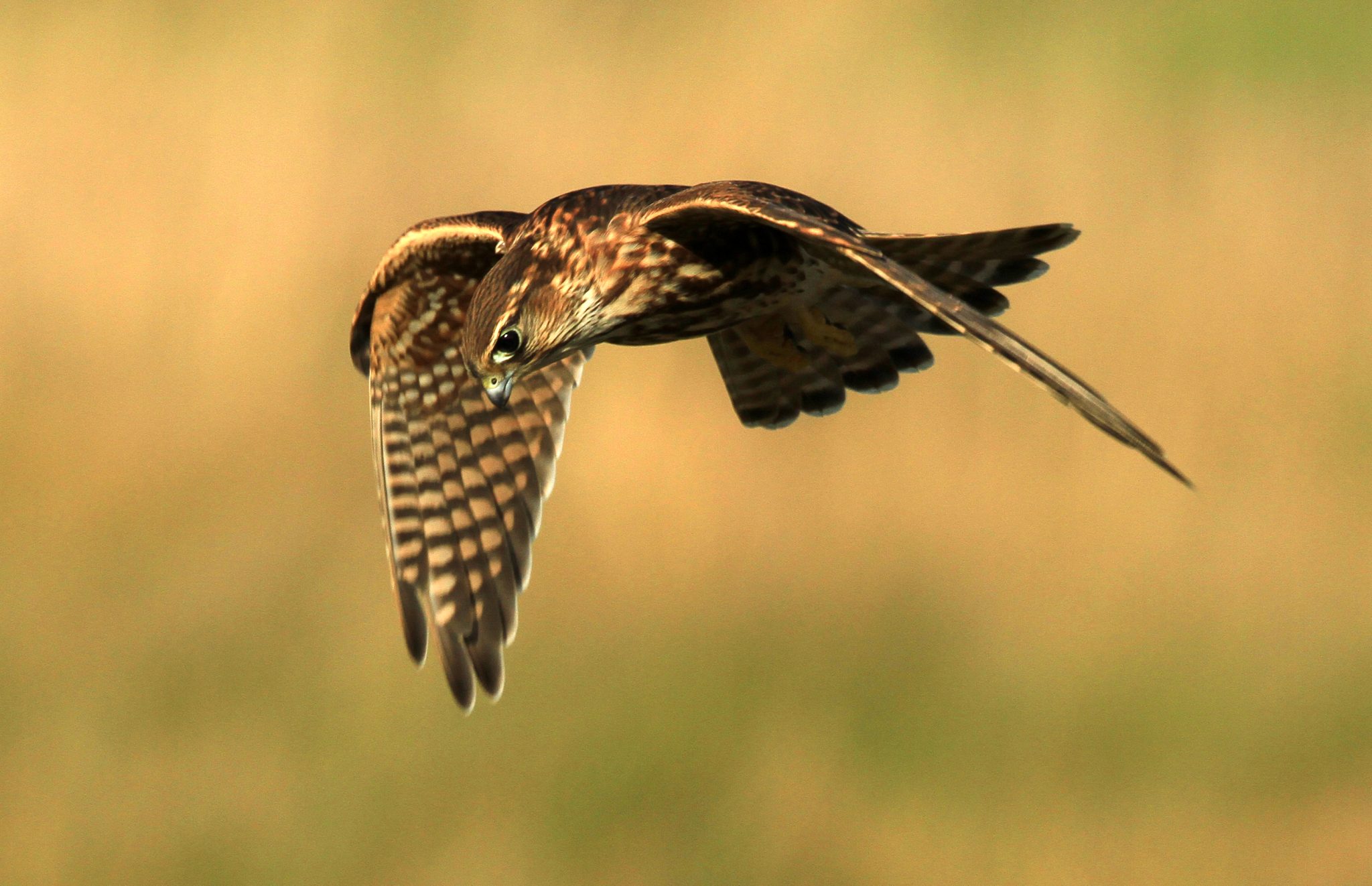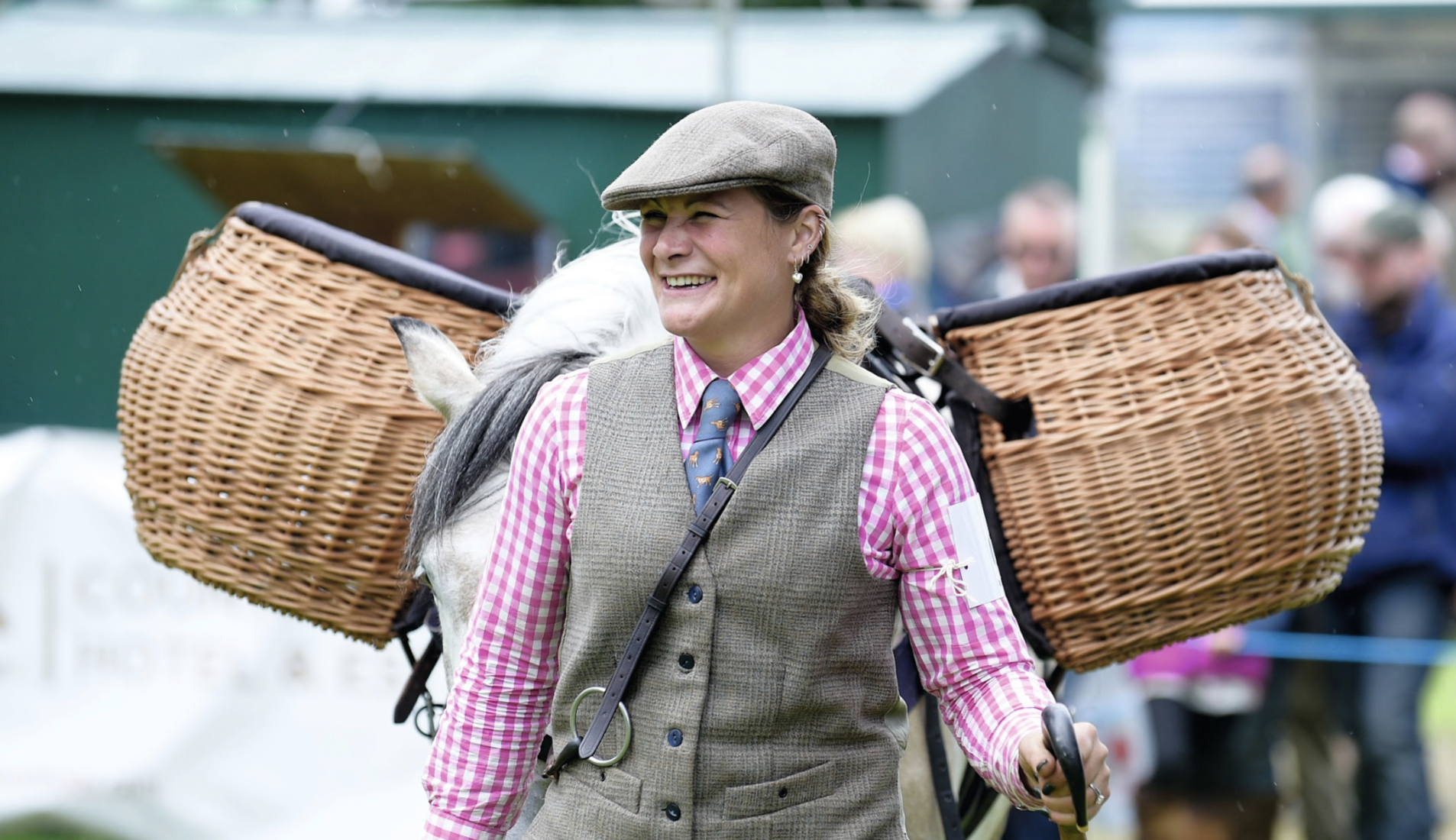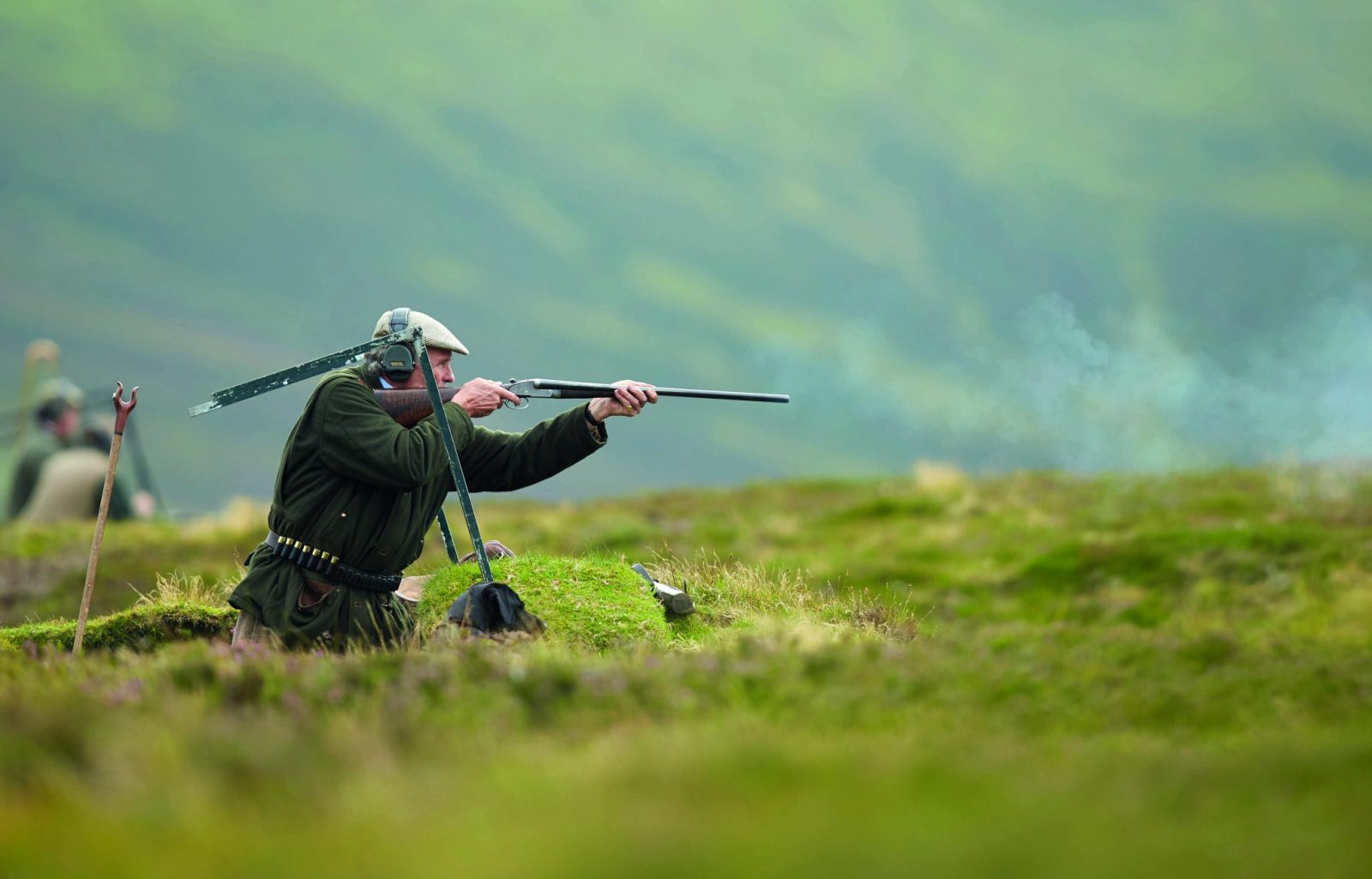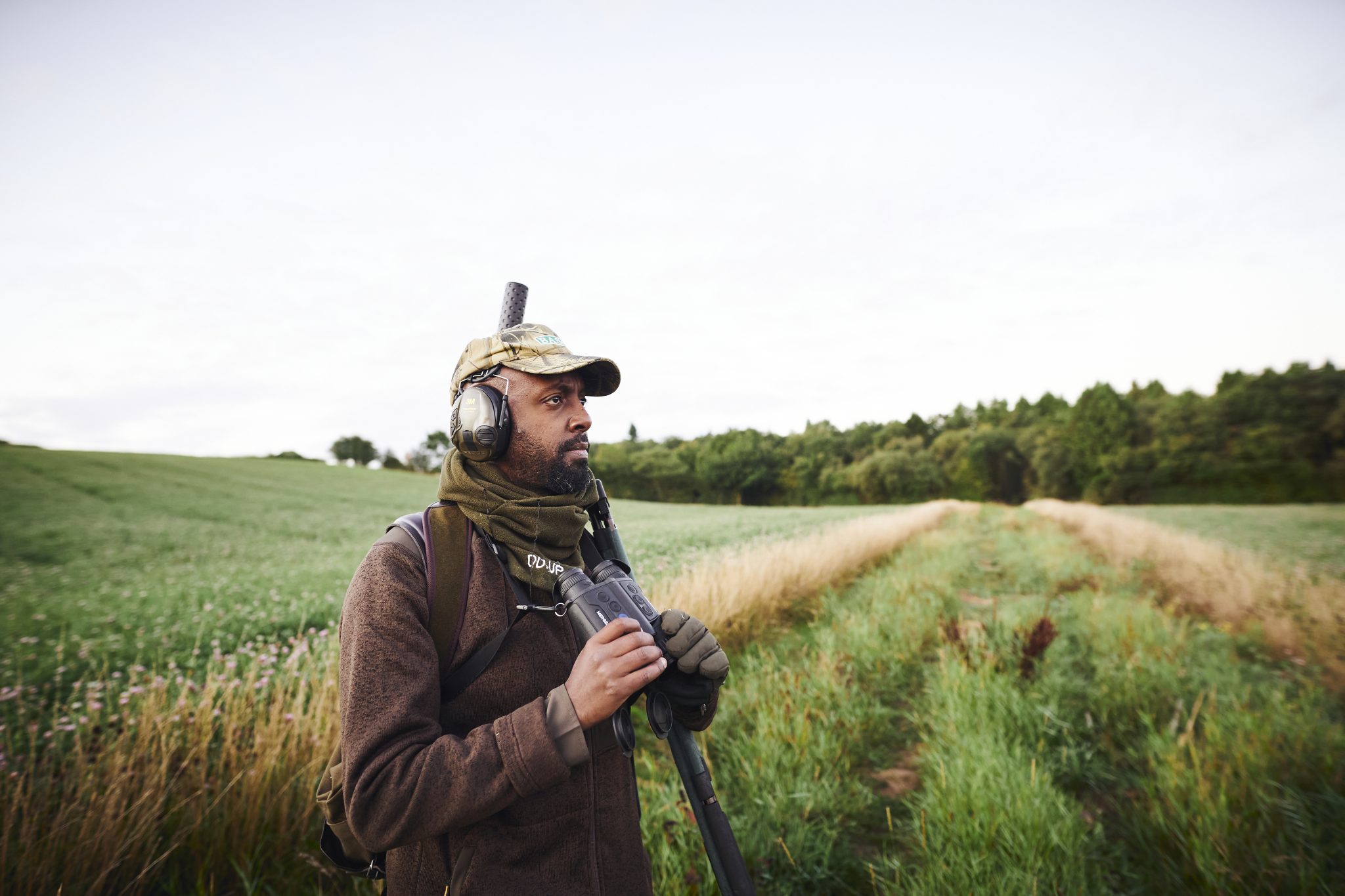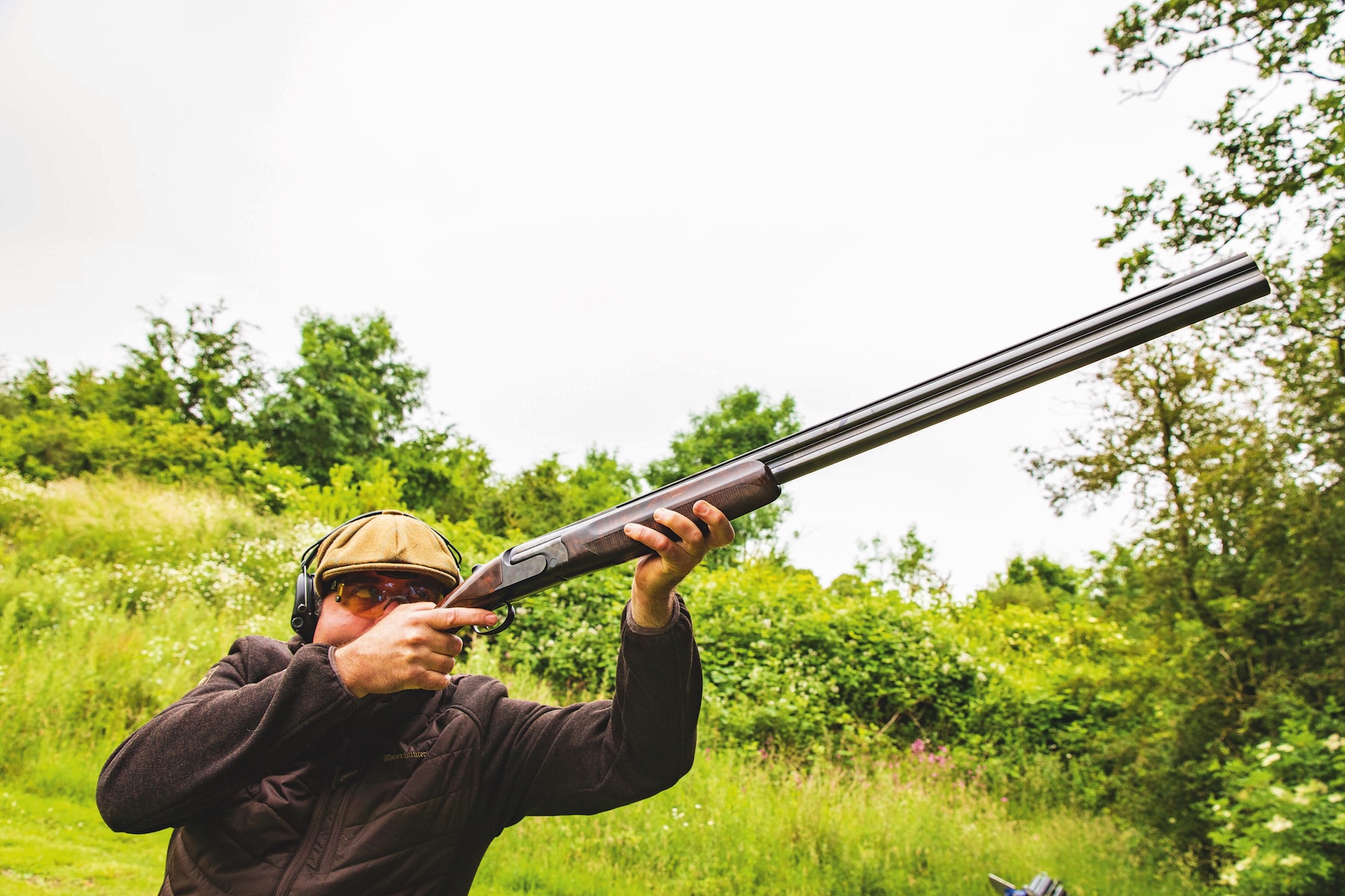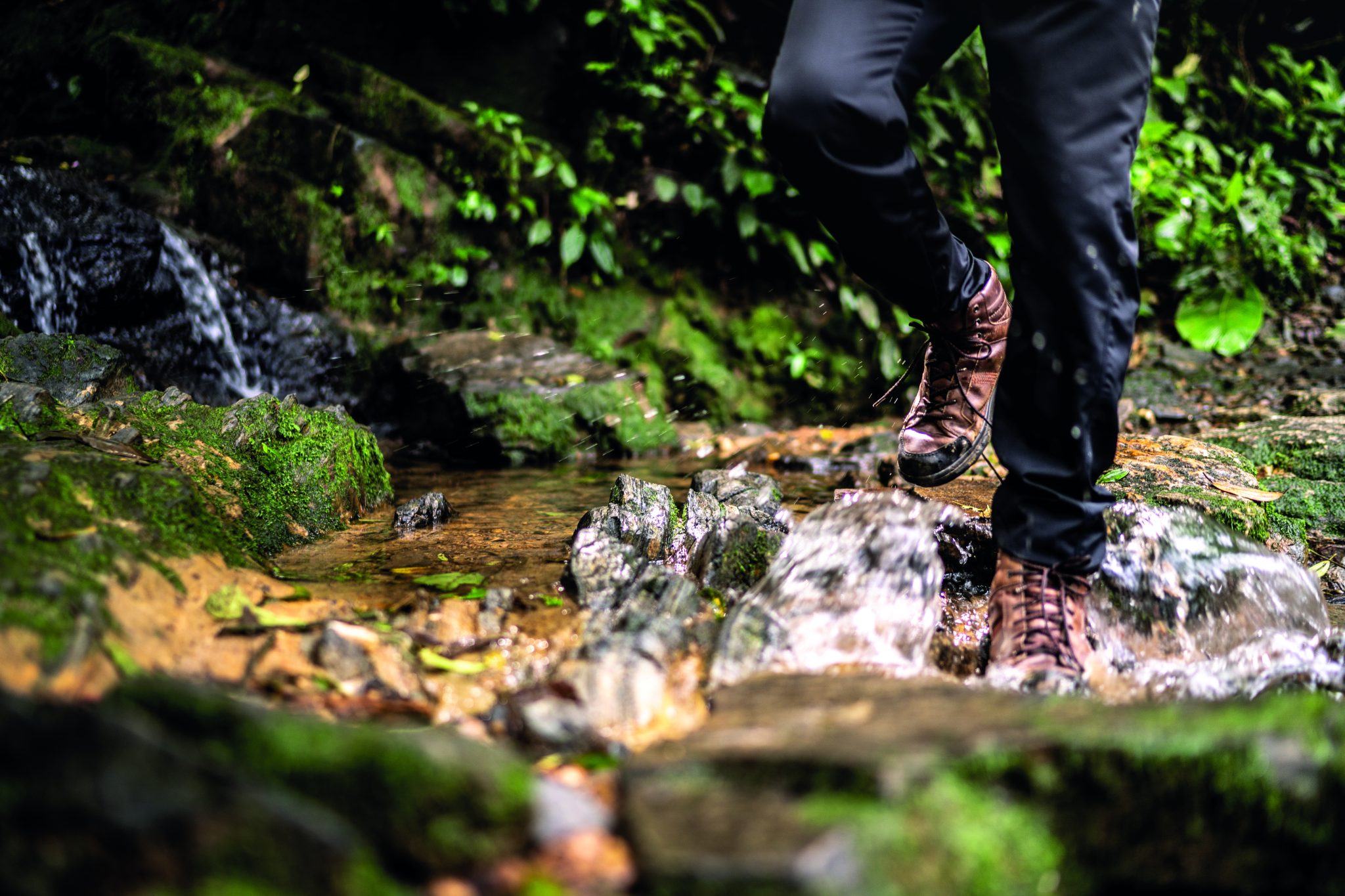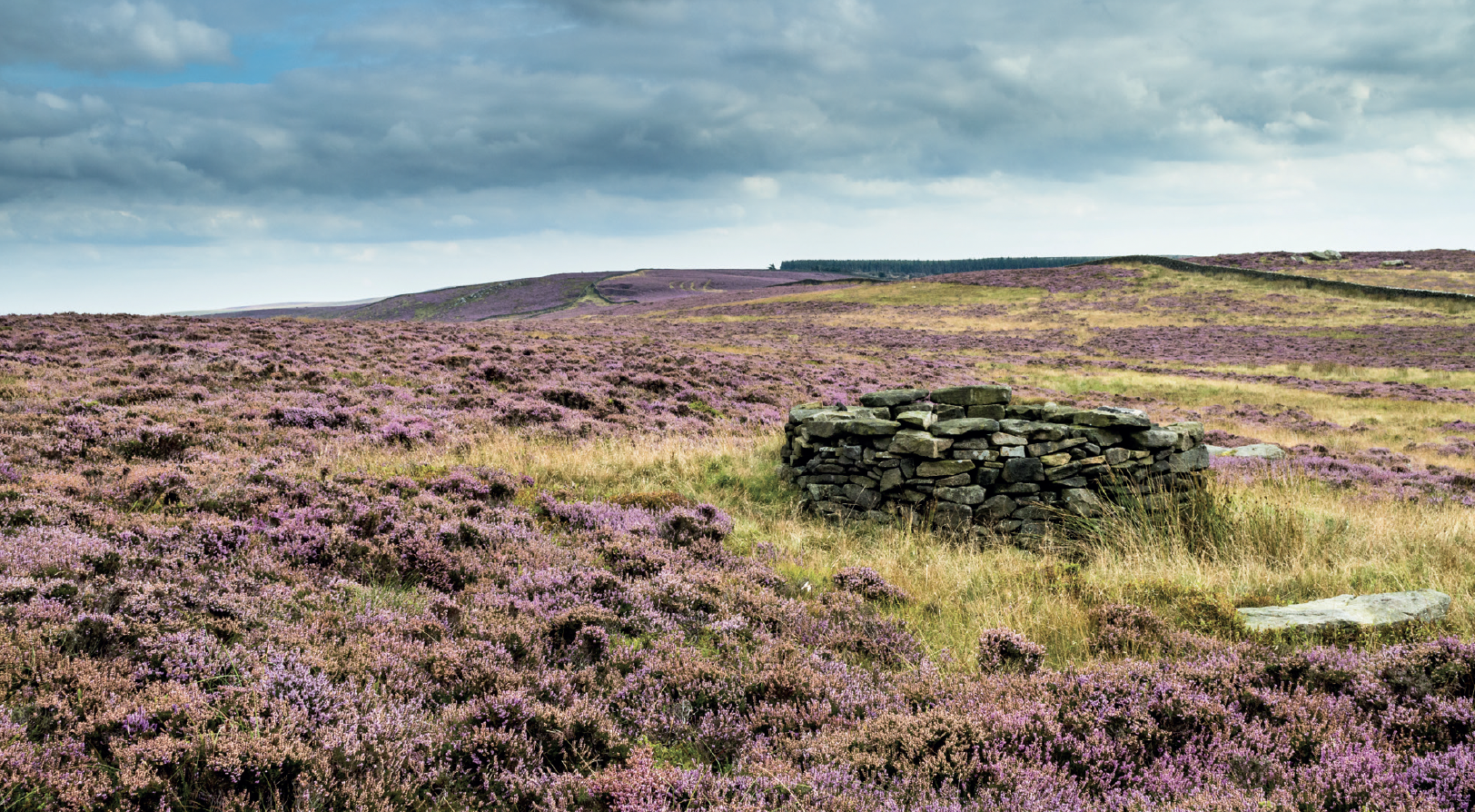Win CENS ProFlex DX5 earplugs worth £1,149 – enter here
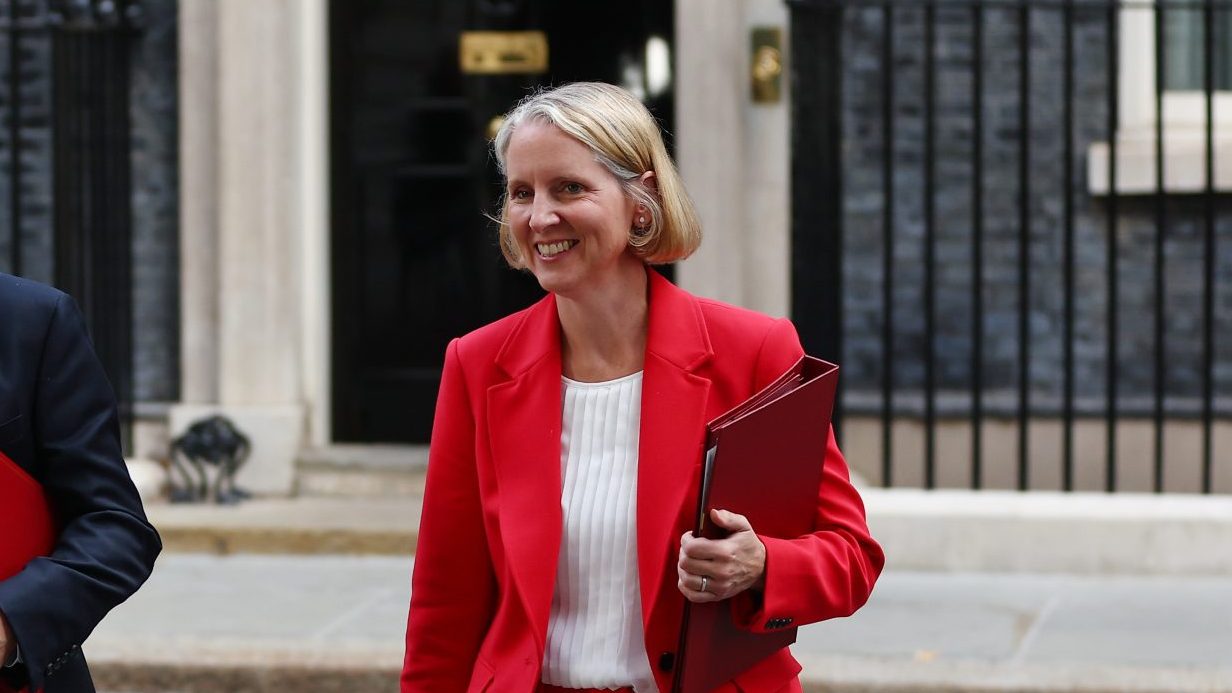
Countryside welcomes another Defra lead – amid upheaval
Some countryside groups see the new Defra appointments as a chance to reset relations with the Government after a difficult period
Read moreShootingUK is the definitive online destination for enthusiasts of game shooting, stalking, and country pursuits across the UK.
News
-
The latest updates from the shooting community
Browse all news articles
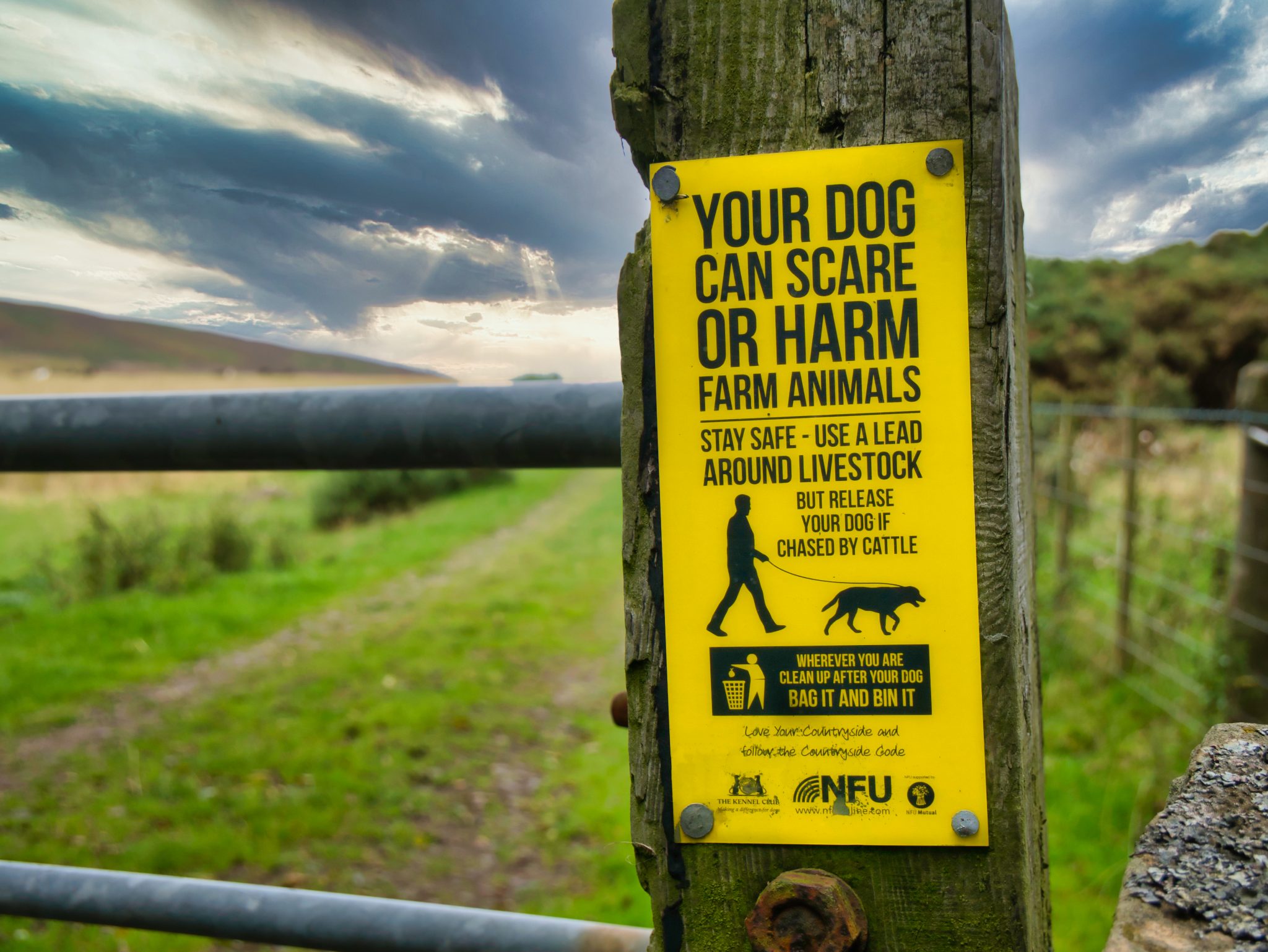
News
Dog trainers oppose shock collar ban
Trainers are pushing back against The Kennel Club’s call to ban electric shock collars, arguing supervised use saves dogs’ lives
Read more
